Northern Fying Squirrel
- December 18, 2023
- 0 comment
The Northern flying squirrel (Glaucomys sabrinus) is a captivating rodent species that belongs to the Sciuridae family. These nocturnal creatures are renowned for their remarkable gliding abilities, achieved through a specialized membrane called the patagium that extends between their front and hind limbs. Identified by their large, expressive eyes and silky fur, these arboreal mammals are found in North America, primarily inhabiting coniferous and mixed forests.
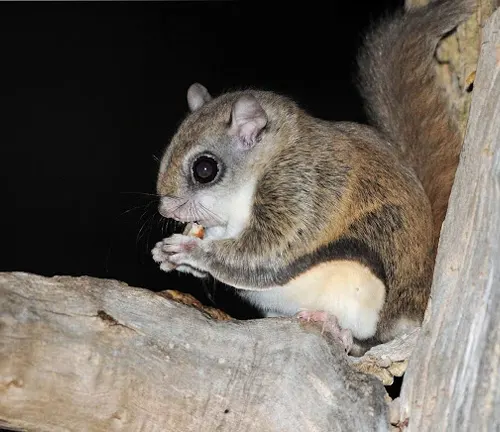
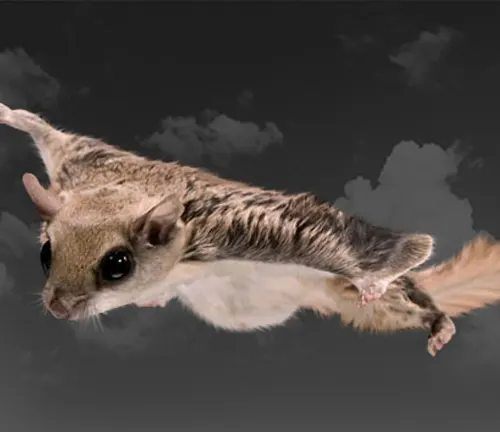
Recognizing them can be challenging, as they share a similar appearance with their southern counterpart, the Southern flying squirrel. However, the Northern flying squirrel is generally larger, with a distinctive flattened tail. Despite their endearing qualities, these squirrels face various conflicts, such as habitat loss due to deforestation and competition for resources with other tree-dwelling species. In terms of legal status, some populations are protected by conservation measures, emphasizing the importance of preserving their habitats.
Additionally, there are health and safety concerns associated with their potential as carriers of diseases like the hantavirus. Understanding and safeguarding the Northern flying squirrel’s natural environment are crucial for the conservation of this unique species.
| Aspect | Specification |
|---|---|
| Scientific Name | Glaucomys sabrinus |
| Family | Sciuridae |
| Habitat | Coniferous and mixed forests |
| Activity | Nocturnal |
| Distinctive Feature | Patagium (gliding membrane) between limbs |
| Physical Characteristics | Large eyes, silky fur, flattened tail |
| Size | Generally smaller than Southern flying squirrel |
| Behavior | Arboreal, excellent gliders |
| Conflicts | Habitat loss, competition with other species |
| Legal Status | Some populations protected by conservation laws |
| Health Concerns | Potential carrier of diseases like hantavirus |
| Conservation Status | Varied, some populations may be at risk |
| Range | North America |
The Northern Flying Squirrel Unveiled
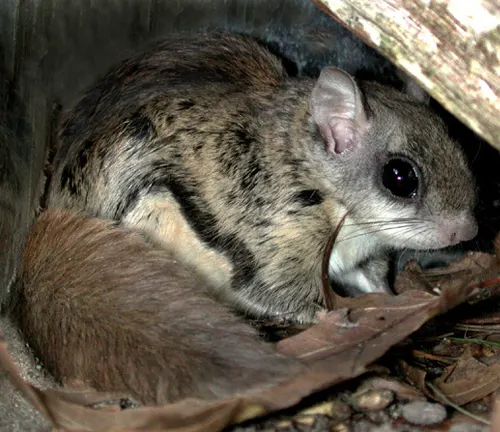
General Biology of the Northern Flying Squirrel
The Northern Flying Squirrel, scientifically known as Glaucomys sabrinus, is a fascinating creature that graces the North American woodlands. As a member of the Sciuridae family, these nocturnal mammals boast remarkable gliding capabilities, navigating through their habitats with a specialised membrane known as the patagium. Their general biology includes distinctive physical features like large, expressive eyes, silky fur, and a flattened tail that sets them apart from their southern counterparts. Understanding the nuances of their general biology is essential for appreciating the uniqueness of these arboreal acrobats.
Reproduction Secrets
Delving into the reproductive habits of the Northern Flying Squirrel reveals a captivating aspect of their life cycle. Typically, these rodents breed twice a year, with litters ranging from one to six offspring. The female takes on the primary responsibility of nurturing the young, creating a snug nest for them. The intricacies of their reproductive behavior shed light on the survival strategies employed by this endearing species.
Behavioral Patterns
Observing the behavioral patterns of the Northern Flying Squirrel unveils a world of agile movement and social dynamics. As nocturnal creatures, they engage in foraging activities during the night, utilizing their gliding skills to traverse the canopy. Social interactions within their community provide insights into their communication methods and hierarchical structures. Exploring the behavioral nuances of these squirrels paints a vivid picture of their life in the treetops.
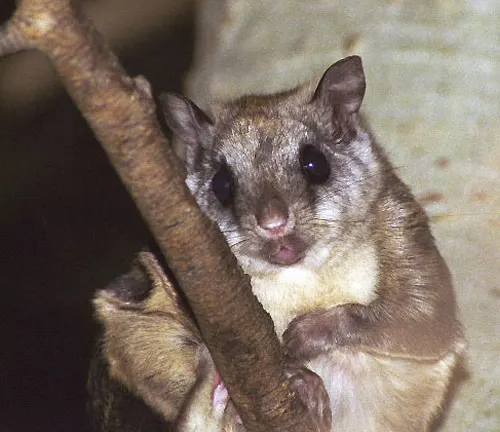
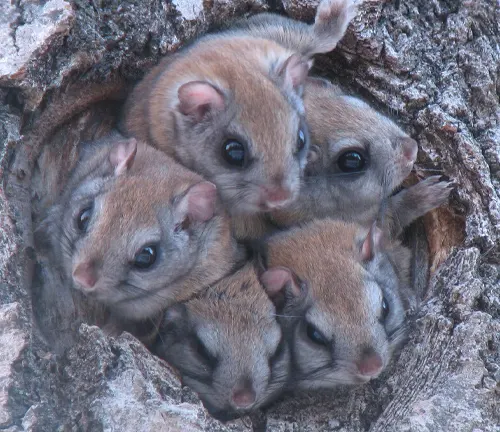
Nesting and Denning Cover Preferences
The Northern Flying Squirrel’s choice of nesting and denning cover plays a crucial role in their survival strategy. These rodents exhibit a preference for tree cavities, old woodpecker holes, or abandoned bird nests. Understanding their choices in nesting locations provides valuable information for conservation efforts and habitat preservation.
Habitat Preferences
A closer look at the habitat preferences of the Northern Flying Squirrel unveils their affinity for coniferous and mixed forests. The availability of suitable nesting sites and a variety of food sources in these habitats contributes to their thriving populations. However, as human activities alter landscapes, preserving their preferred habitats becomes essential for ensuring the survival of this remarkable species.
Culinary Choices
Exploring the culinary preferences of the Northern Flying Squirrel reveals a diet rich in nuts, seeds, fungi, and fruits. Their foraging habits contribute to seed dispersal, influencing forest regeneration. An in-depth understanding of their food habits sheds light on their ecological role and emphasizes the interconnectedness of these creatures with their environment.
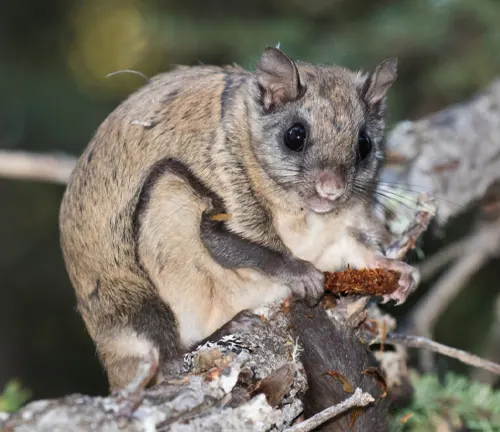
The Symphony of the Canopy
In the vast expanse of the Northern Flying Squirrel’s woodland domain, their communication is not limited to sight alone. Delicate vocalizations, subtle sounds, and distinct tracks and signs contribute to the symphony of the canopy. Deciphering these auditory and visual cues provides researchers and enthusiasts with a means to comprehend the intricate language of these arboreal denizens.
Navigating the Impact
Understanding the Impact of the Northern Flying Squirrel
The enchanting Northern Flying Squirrel, with its graceful gliding abilities, can also leave a mark that is not as endearing. Identifying the damage caused by these agile creatures is crucial for mitigating their impact on various aspects of our environment. From landscapes to crops and structures, exploring the ways in which they influence their surroundings unveils a more complex relationship between these rodents and the ecosystems they inhabit.
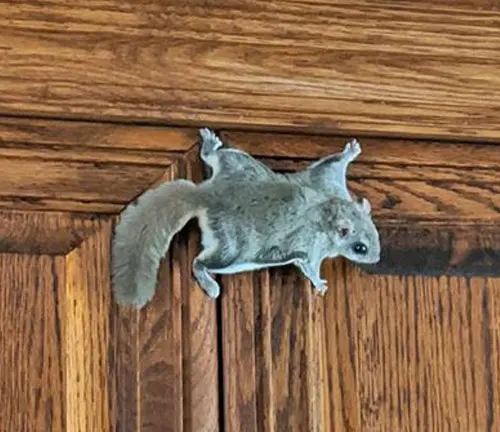
Unveiling the Impact on Natural Environments
As inhabitants of the rich North American woodlands, Northern Flying Squirrels contribute to the ever-changing landscapes. However, their activities can lead to alterations in vegetation and tree health. Delving into the specifics of landscape damage caused by these rodents provides insights into the delicate balance between their foraging habits and the resilience of the natural environment.
Assessing Agricultural Impacts
For farmers and agricultural enthusiasts, understanding the impact of Northern Flying Squirrels on crops and livestock is essential. These rodents may indulge in the consumption of fruits, nuts, and other agricultural products, potentially leading to economic losses. Examining their role in agricultural ecosystems sheds light on strategies to coexist harmoniously with these creatures while safeguarding livelihoods.
Exploring the Impact on Buildings and Infrastructure
As adorable as they may seem, Northern Flying Squirrels can pose challenges to structures and infrastructure. Their nesting behaviors in attics, sheds, or other man-made spaces may result in damage to property. Exploring the impact on structures unveils the need for preventative measures and highlights the importance of responsible cohabitation with these aerial acrobats.
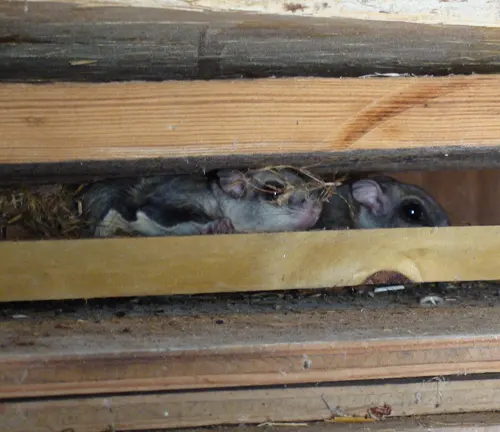
Different Species
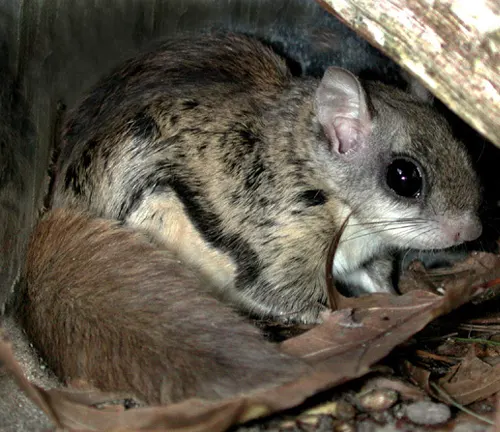
Northern Flying Squirrel
(Glaucomys sabrinus)
This species is found in North America, primarily inhabiting coniferous and mixed forests in regions ranging from Alaska and Canada to the northeastern United States.
Southern Flying Squirrel
(Glaucomys volans)
The Southern Flying Squirrel is the other member of the Glaucomys genus. It has a broader distribution compared to its northern counterpart, spanning the eastern and central parts of North America. This species is found from southeastern Canada to the Gulf of Mexico.
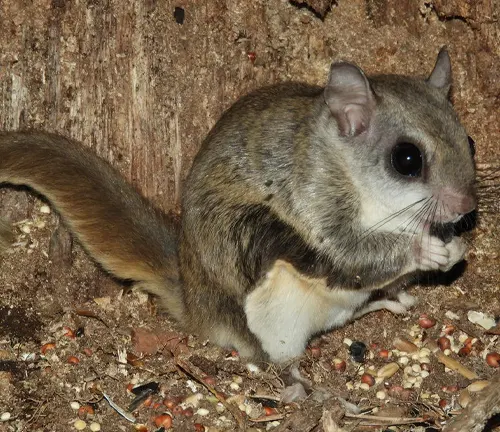
Frequently Asked Questions (FAQs)
1. What is the Northern Flying Squirrel?
The Northern Flying Squirrel (Glaucomys sabrinus) is a small, nocturnal rodent known for its gliding abilities. It belongs to the Sciuridae family and is native to North America.
2. Where are Northern Flying Squirrels found?
They are found in coniferous and mixed forests across North America, ranging from Alaska and Canada to the northeastern United States.
3. What distinguishes the Northern Flying Squirrel from other species?
The Northern Flying Squirrel is characterized by its large eyes, silky fur, and a flattened tail. Its gliding membrane, called the patagium, sets it apart from non-gliding squirrel species.
4. How do Northern Flying Squirrels glide?
Gliding is facilitated by the patagium, a membrane extending between the front and hind limbs. They leap from tree to tree, controlling their glide by adjusting their limbs and tail.
5. Are Northern Flying Squirrels endangered?
The conservation status varies, but some populations are at risk due to habitat loss. Conservation efforts are in place to protect these species in certain regions.
6. What is the difference between Northern and Southern Flying Squirrels?
The main differences lie in their geographic distribution. Northern Flying Squirrels are found in northern North America, while Southern Flying Squirrels inhabit the eastern and central parts of the continent.
7. What do Northern Flying Squirrels eat?
Their diet includes nuts, seeds, fungi, and fruits. They play a role in seed dispersal, contributing to forest regeneration.
8. Do Northern Flying Squirrels pose any health risks to humans?
There are concerns about diseases such as hantavirus that they may carry. However, direct interactions with humans are rare, and proper precautions can mitigate potential risks.
9. How can I coexist with Northern Flying Squirrels on my property?
To coexist with these squirrels, consider protecting trees with suitable nesting sites, securing potential entry points to structures, and avoiding leaving food sources accessible.
10. Can I have a Northern Flying Squirrel as a pet?
In many places, it is illegal to keep Northern Flying Squirrels as pets without proper permits. Moreover, wild animals are best left in their natural habitats for their well-being and conservation.



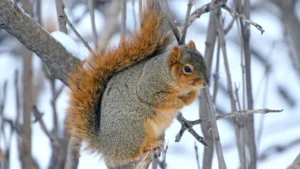
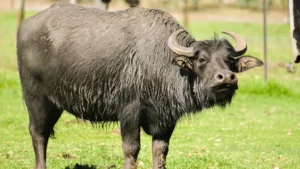
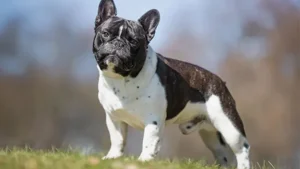
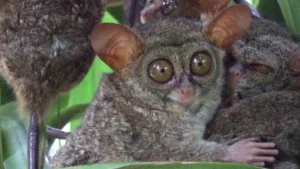


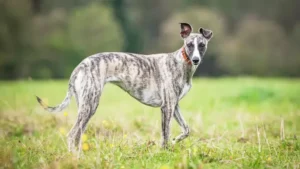


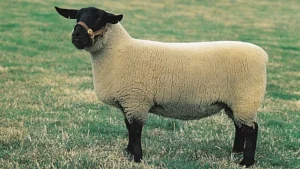
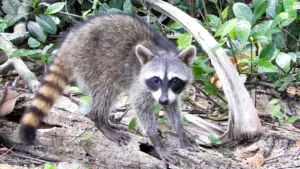
Leave your comment